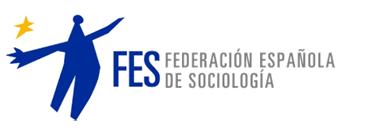STEM+H experiences in officials’ schools in Medellín: factors that prevail in its implementation
Keywords:
Educación STEM, experiencias STEM H, integración curricular.Abstract
Medellín: territorio STEM+H arises as an educational proposal for the public schools of Medellín, Colombia, which seeks to improve STEM practices in the city through an alliance between university, company, state, which together with administrators and teachers promote the development of curricular integration of STEM disciplines. Under the qualitative method, this article analyzes 201 interviews applied to teachers and directors of 72 public schools in the city of Medellín to identify the state of the development of STEM + H experiences through the technique of content analysis frequency. The results suggest that there is great interest on the part of teachers in the implementation of these experiences. There is evidence of a great contribution from institutions such as Parque Explora and MOVA in the elaboration of extracurricular projects and the media técnica programs offered by SENA. However, the curricular integration of experiences in schools requires greater leadership by administrators, while experiences require improvements in relation to moments of immersion and teacher training that evidences the approaches of an education with a focus. STEM + H.
Downloads
Downloads
Published
Issue
Section
License
Sociología y tecnociencia is licensed under a Creative Commons Attribution 4.0 International License (CC BY 4.0).
The journal allows the authors to retain publishing rights. Authors may reprint their articles in other media without having to request authorization, provided they indicate that the article was originally published in Sociología y Tecnociencia.


